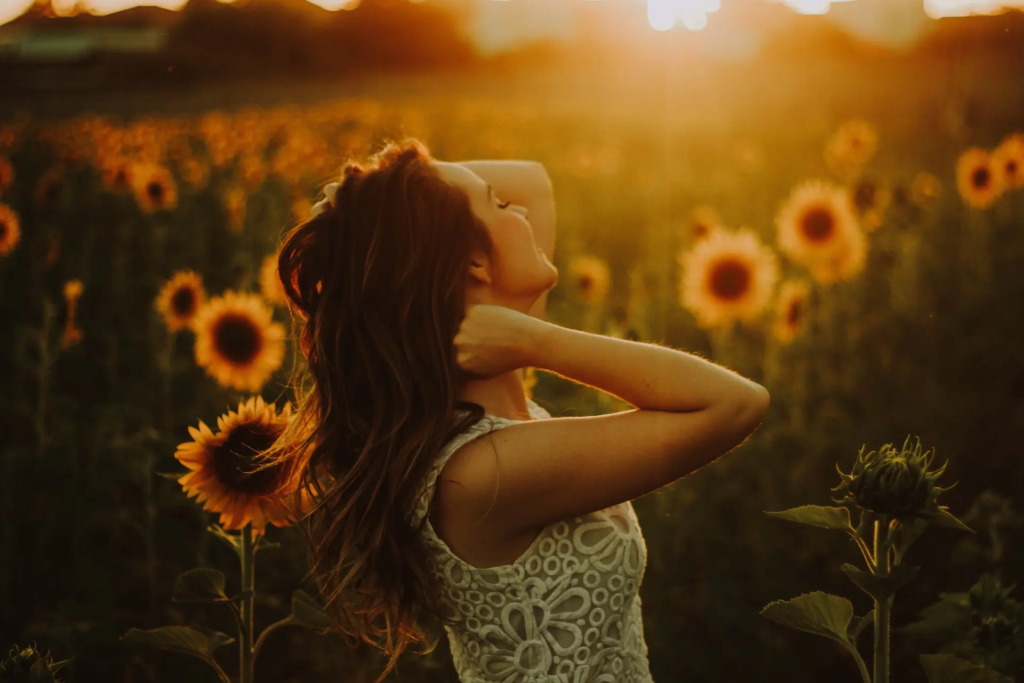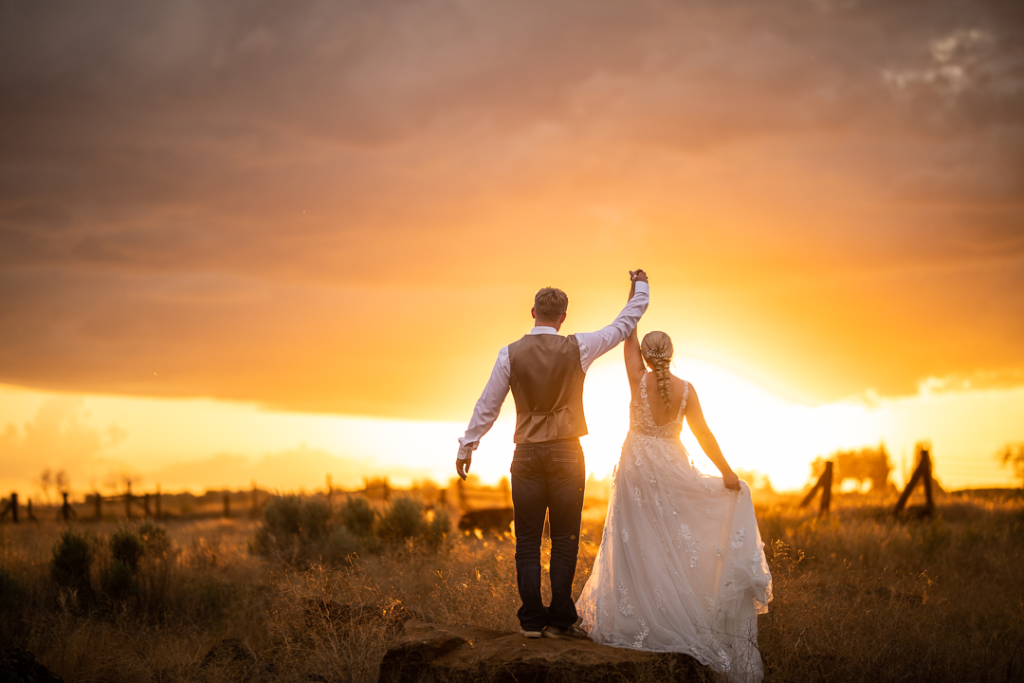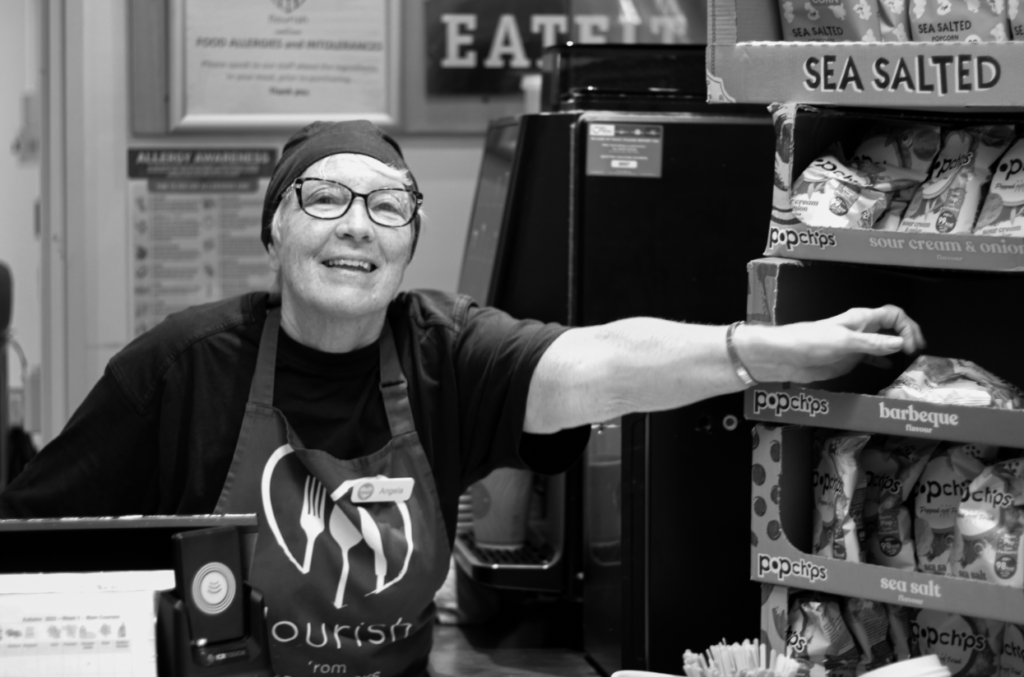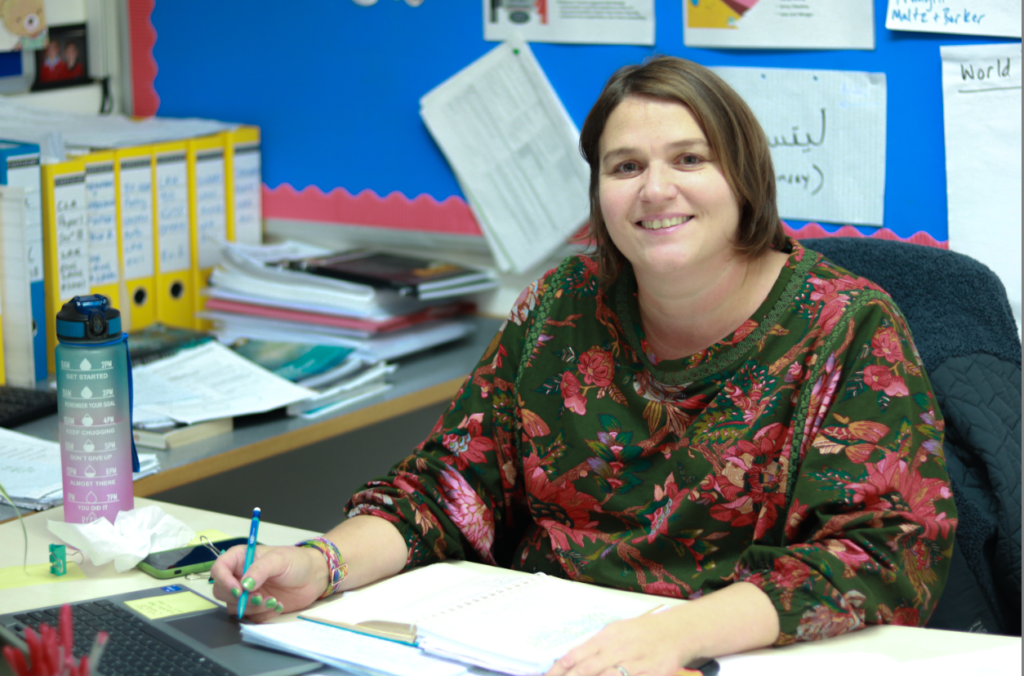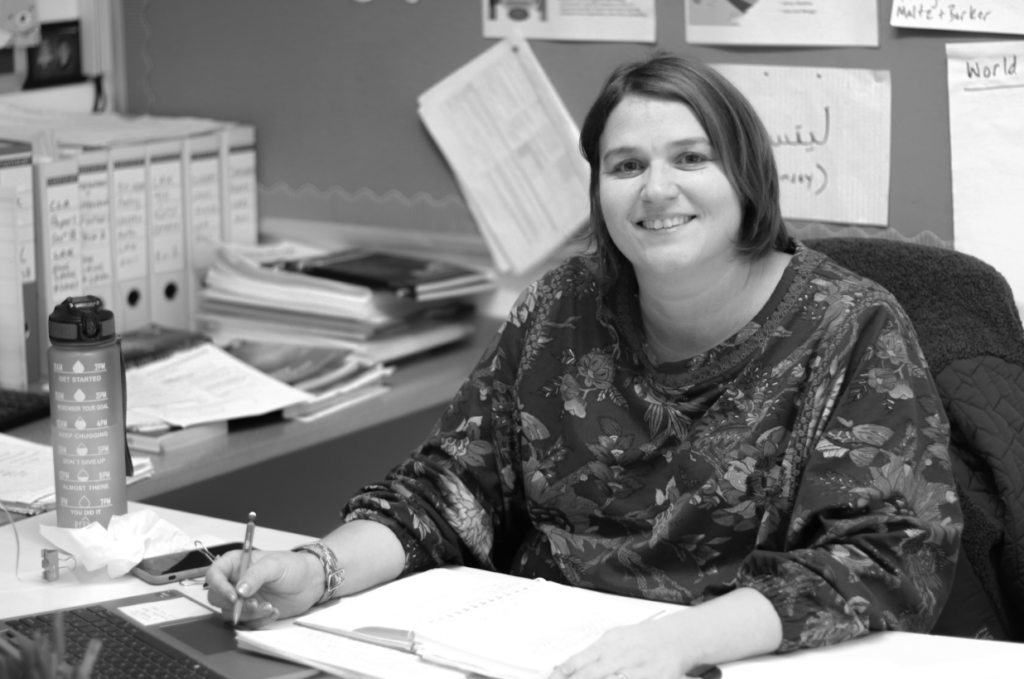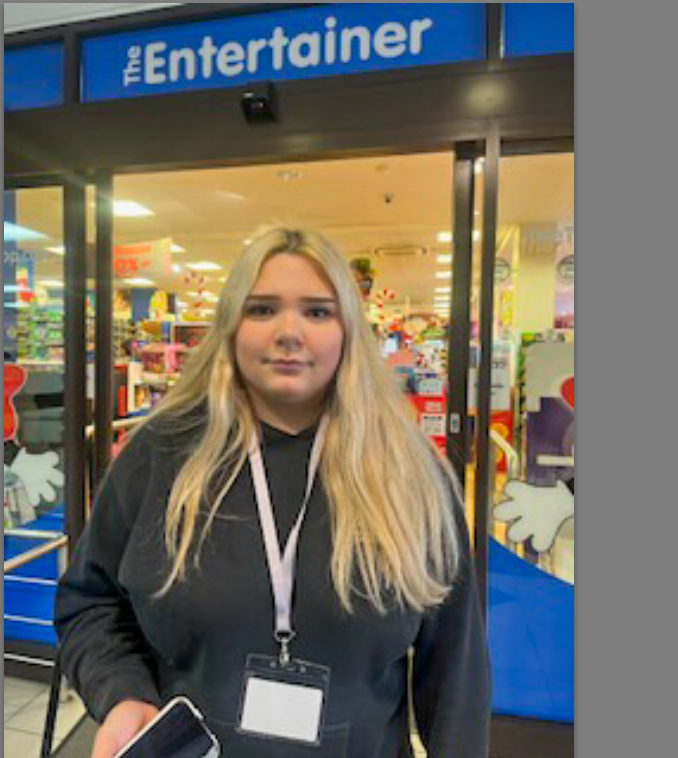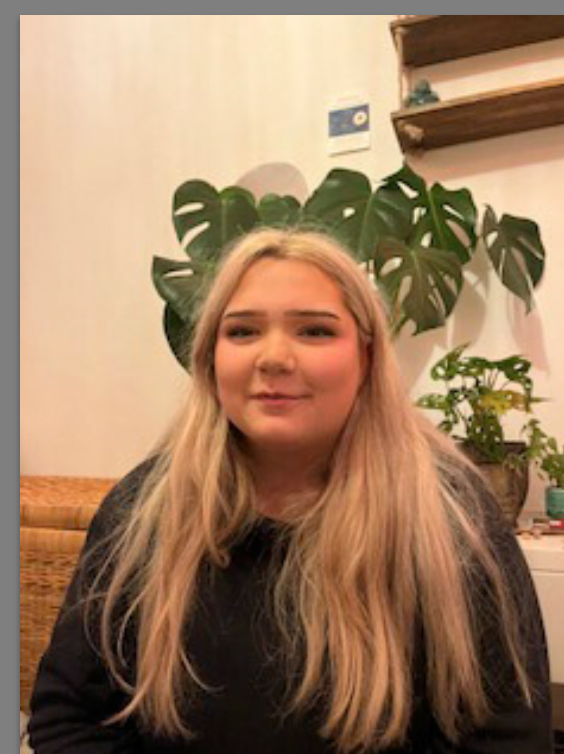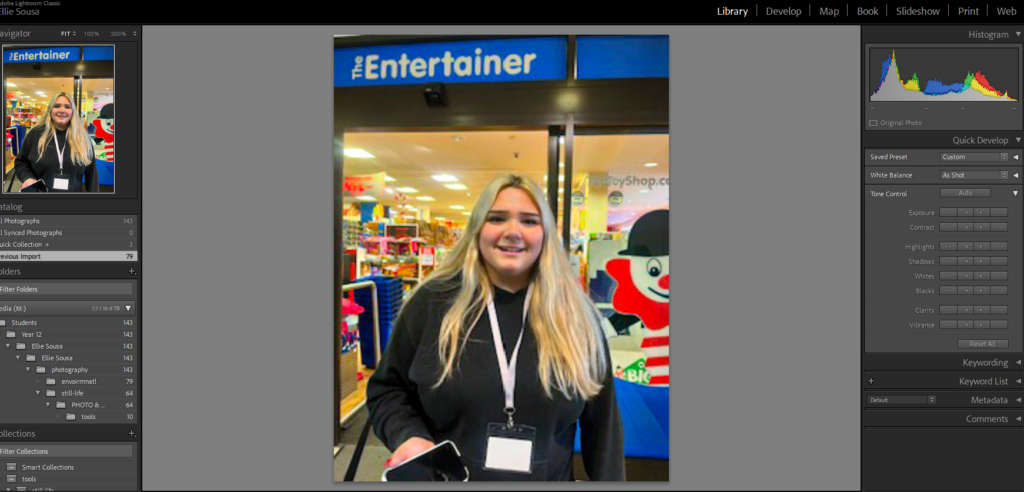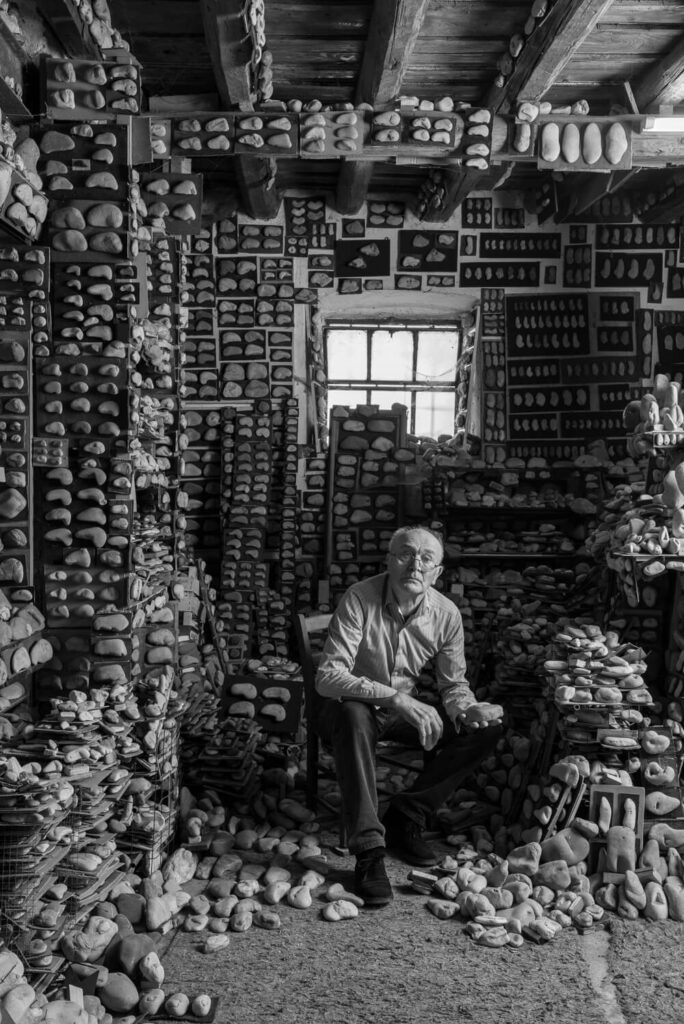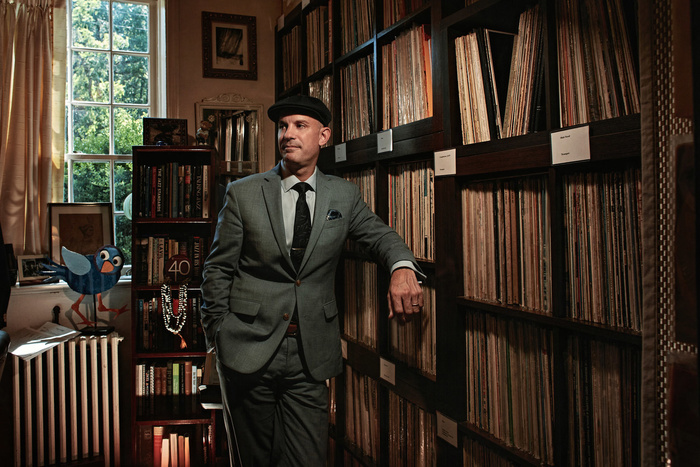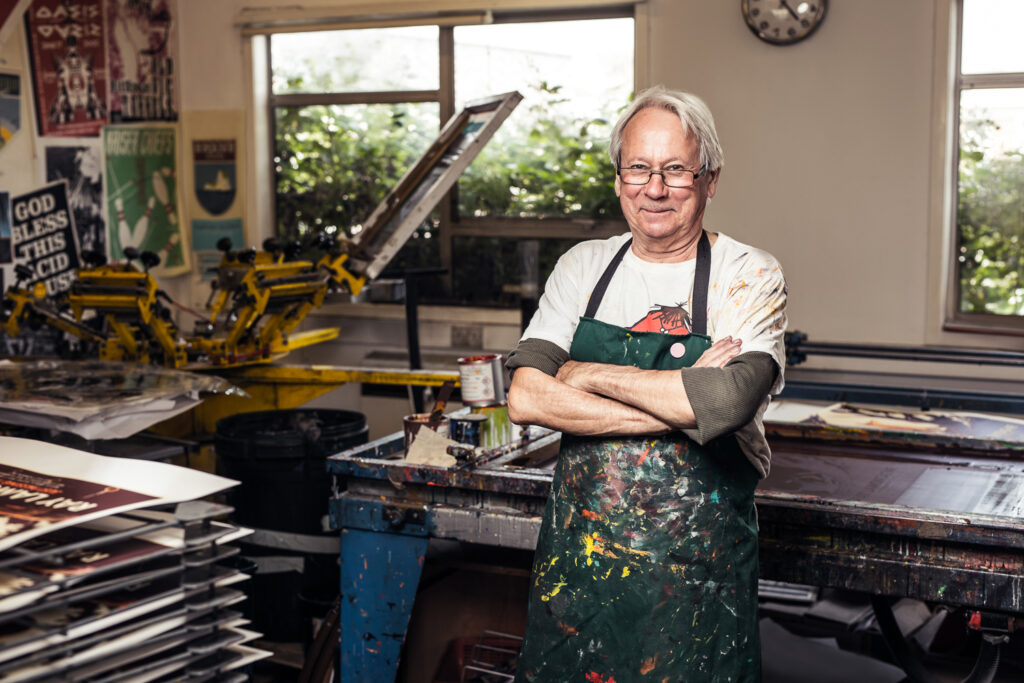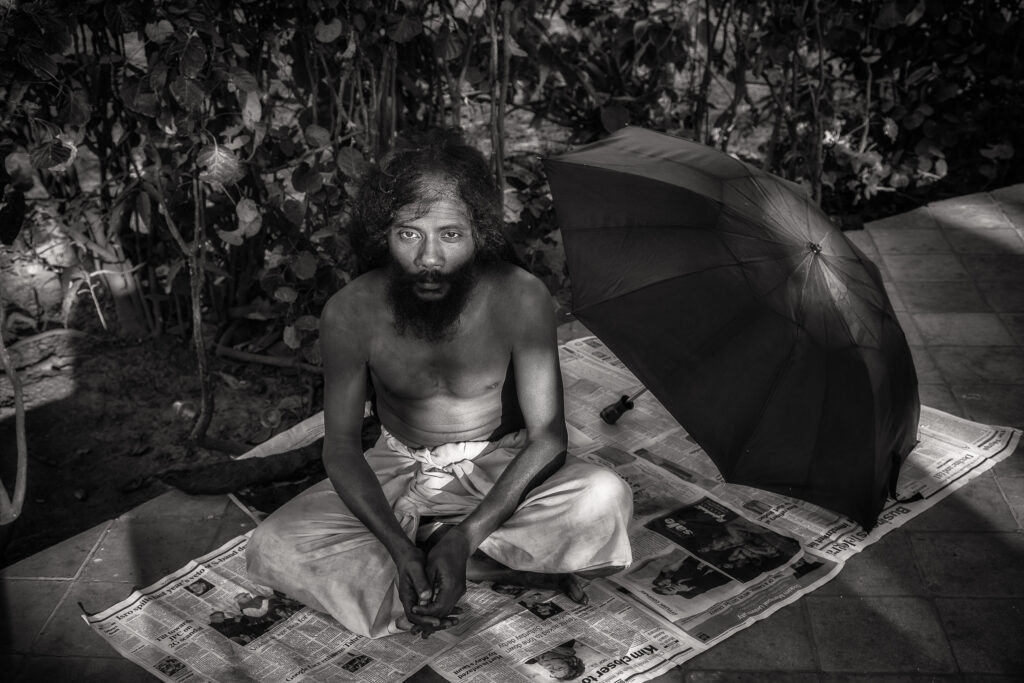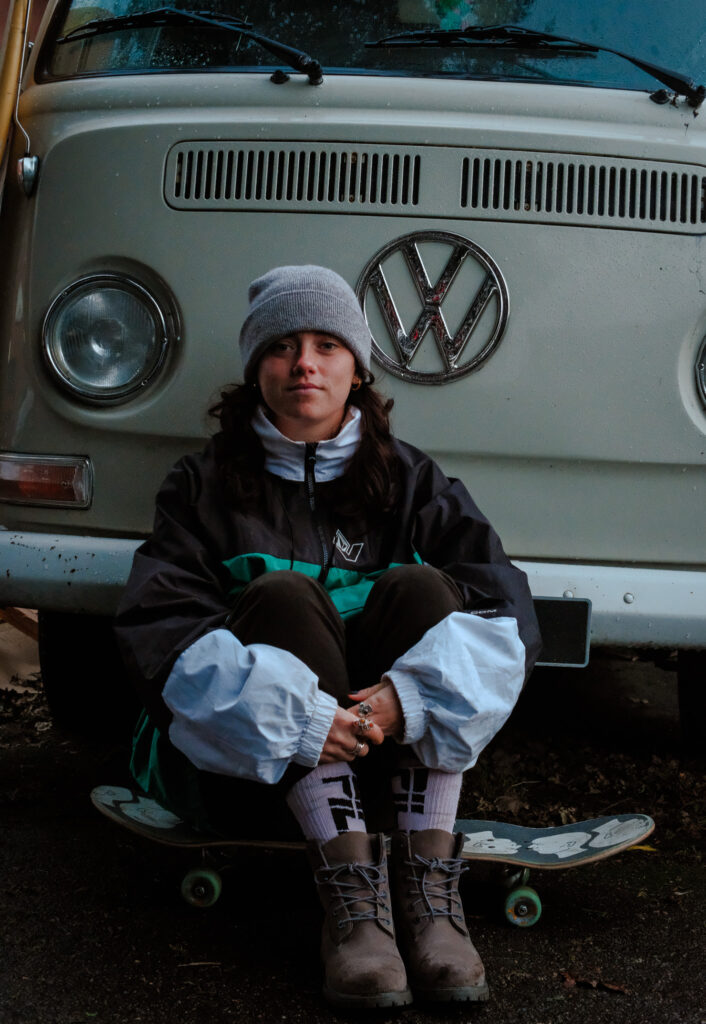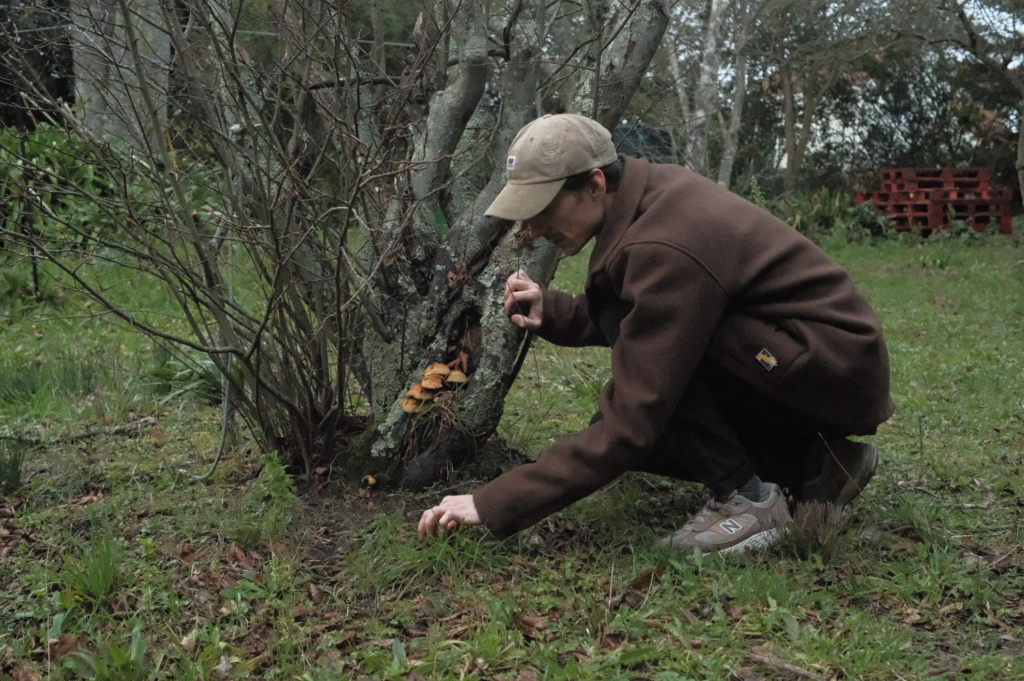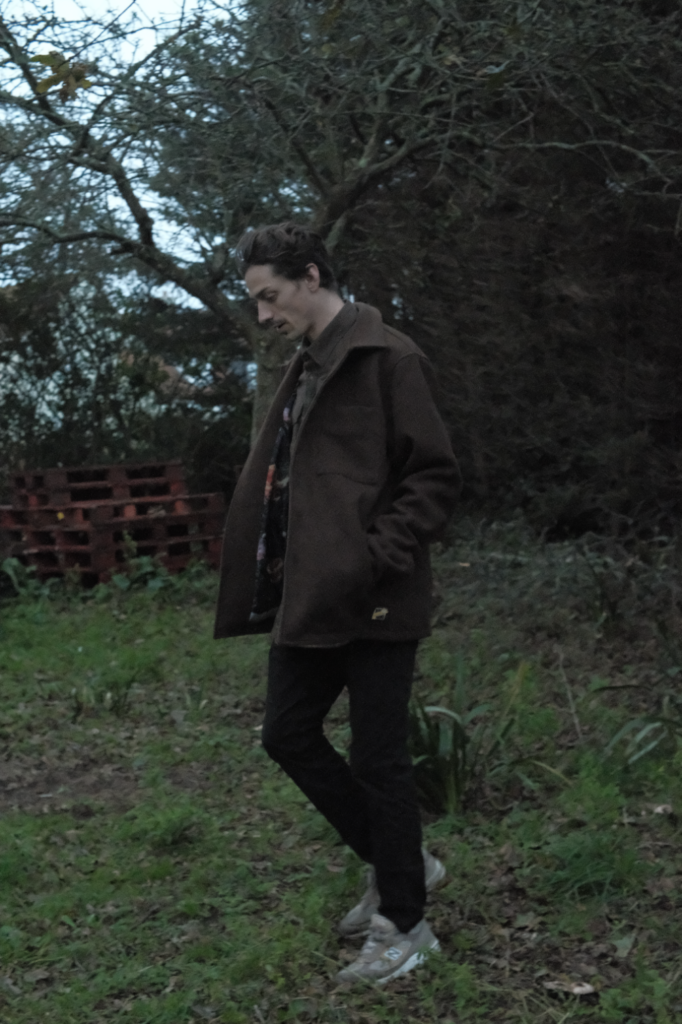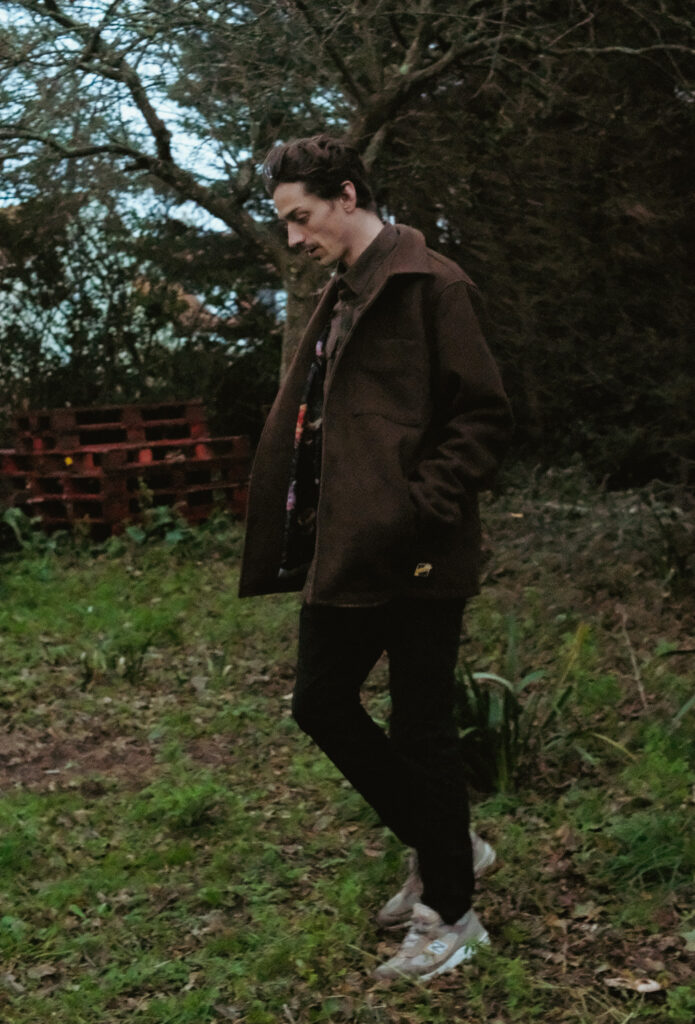There are three main types of studio lighting that is commonly used, Rembrandt lighting, Butterfly lighting and Chiaroscuro lighting.
Rembrandt lighting –
Rembrandt lighting is a technique that was taken from a famous painter from the 1600s Rembrandt Harmenszoon van Rijn. The technique is a way of lighting the face so that a small upside-down triangle of light appears on the cheek, just under the eye of the model in the photo.
This technique is most commonly known for the impact it had on Hollywood photos throughout the years, used in promotional photographs to show them in a dramatic and eye-catching way.
Using Rembrandt lighting you instantly create shadows and contrast in your photos. it also adds an element of drama and psychological depth to the model in the photo. It draws the viewers attention to the eye of the person in the photo since it acts like a photographic device. This is helpful because in portraiture the eyes are usually the main focal point and subject of the photo.
Lighting setup :
Light: Lighting styles are determined by the positioning of your light source. Rembrandt lighting is created by the single light source being at a 40 to 45-degree angle and higher than the subject. Use cans use both flashlights and continuous lights.
Lens: Use a 35mm or 50mm if space is at a premium – or if you’re looking at including more of the subject than just the head and shoulders. A 50mm works really nicely for portraits and will give a nice depth of field if you’re shooting at a shallow aperture. But a 35mm will give you a wider point of view and is great to fit more of the body in of your subject.
Butterfly Lighting –
Butterfly lighting is a type of lighting technique primarily used in a studio setting. Its named ‘ butterfly ‘ because of the butterfly-shaped shadow that it creates just under the models nose. This happens because the lighting used in the shot, comes from above the face of the model. It can also commonly be called ‘paramount lighting’ or ‘glamour lighting’.
Butterfly lighting is used mostly for portraits, its a pattern that flatters everybody that its used on which makes it one of the most common lighting setups.
Lighting setup :
Lighting: Butterfly lighting requires a key light that can be a flash unit or continuous. If continuous, it can be artificial or natural. In other words, you can use strobes, speed lights, LEDs or even the sun.
A butterfly lighting effect refers to the setup and not to the quality of light – it can be soft or hard light depending on the effect you want.
Chiaroscuro –
Chiaroscuro is Italian for ( light/dark ) which is obvious for the photos it produces. There is a very obvious contrast of lighting in these photos, the shadows are very harsh and dark while the highlights are very bright and illuminating. This shows the bold contrast.
It first appeared in a 15th century painting in Italy and Flanders, but true Chiaroscuro was developed during the 16th century, in Mannerism and in Baroque art – dark subjects were dramatically lighted by a shaft of light from a single constricted and often unseen source. It was a compositional device seen of old ‘masters’ from that time.
Chiaroscuro is also often seen in Hollywood now too, usually in crime or thriller dramas to enhance the theme of unsettlement throughout the film.
Lighting Setup :
Chiaroscuro using one key light and a variation using a reflector that reflects light from the key light back onto the sitter, which gives the illusion of the light and dark contrast.

